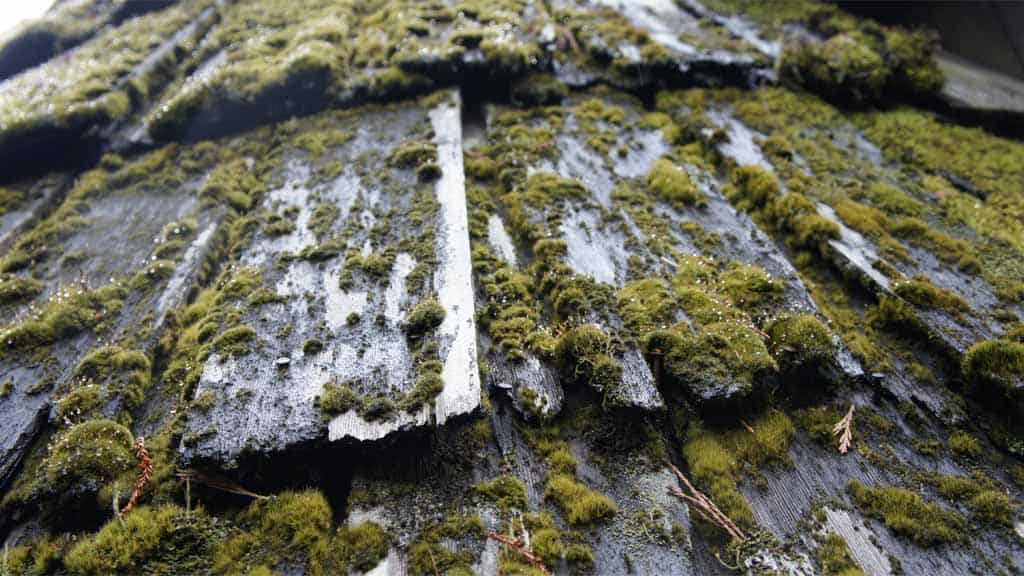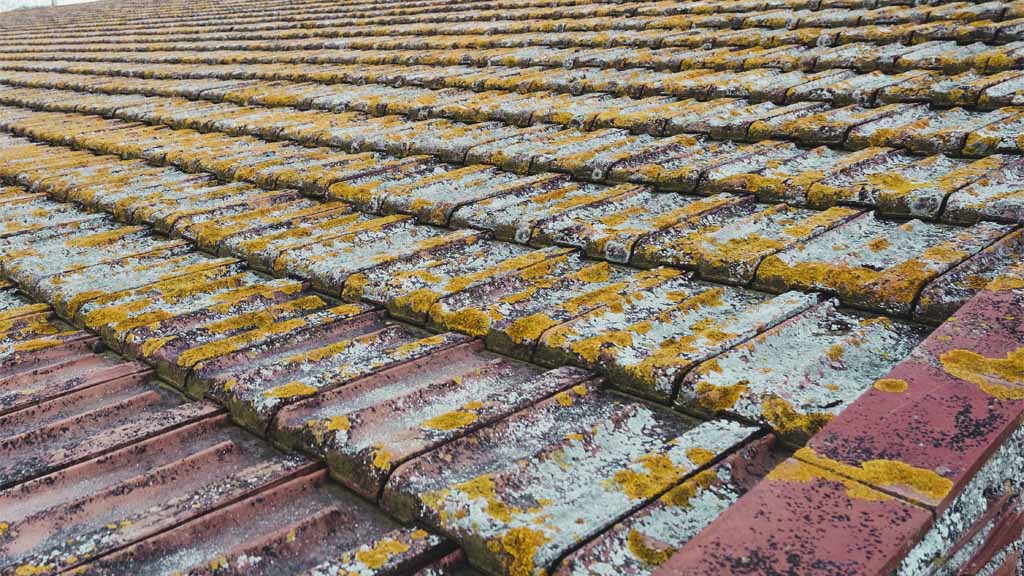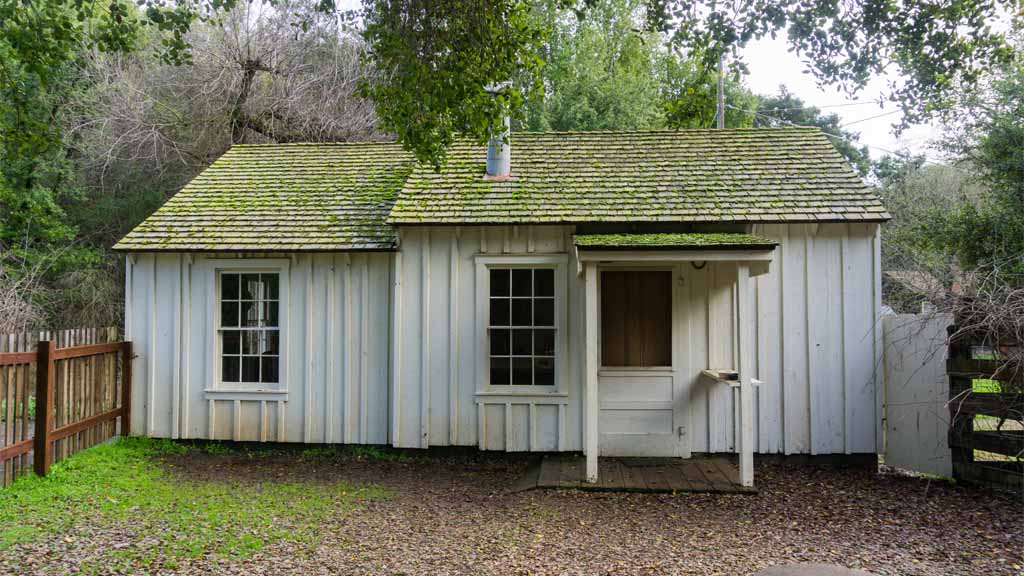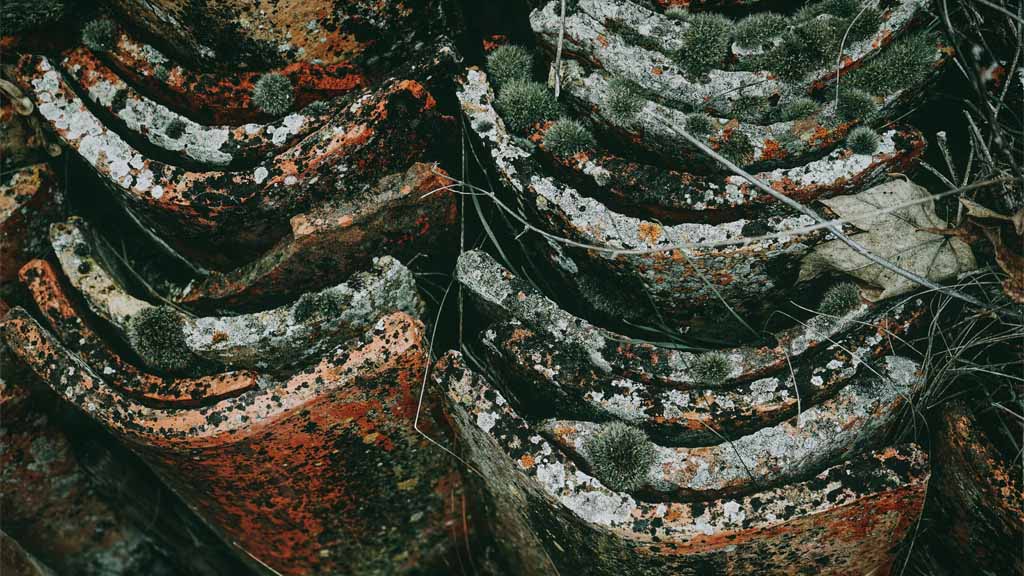
If you don’t maintain the roof of your house, removing and preventing moss on your roof could be an unwelcome guest living on your roof. It’s always better to prevent moss by keeping your home regularly before you have to tear off and remove and prevent moss on your roof.
Remove and prevent moss on your roof on your roof can be unsightly, and it can also shorten the lifespan of your roof. You can do a few things to remove moss and prevent it from coming back. Moss on your roof can be unsightly, but it can also lead to more severe problems.
It is possible for moss to hold moisture against the roof, which can lead to rot and leaks. It can also make your roof heavier, which can stress the structure of your home.
There are a few things you can do to remove moss from your roof and prevent it from coming back:
- You need to loosen the moss with a power washer or a stiff brush.
- You can apply a biocide to kill the moss and prevent it from growing back.
- You need to remove any dead moss and debris from your roof.
Moss can spread quickly if not addressed right away. The longer you wait to remove it, the more likely it will become more challenging to get rid of because moss spreads when spores attach themselves to other parts of your roof using wind-blown seeds or tiny root fragments left behind when the original piece fell off.
If you are lucky, all the moss will be gone after one or two cleanings. If not, keeping at it until the area is completely clear of moss can also be a sign of a more severe problem with your roofs, such as poor ventilation or moisture buildup. A qualified professional should inspect your roof if you find moss growing on it. Remove and prevent moss on your roof.
Is Your Roof Leaking?
Step-By-Step Guide To Remove Moss
A pressure washer is the best way to remove and prevent moss on your roof . This can be rented or bought and offers the most thorough method of removing moss since it simultaneously cleans both sides of the shingles. However, this may not be possible if you do not have access to one or don’t want to spend money on renting one.
When using a power tool, ensure that there aren’t any children around, as they could get hurt by spinning parts of the machine.You will also need safety goggles because you don’t want anything flying into your eyes while working in high places.
The next step after cleaning off all visible patches is scrubbing them gently with a scrub brush until they are gone. It might take some elbow grease but keep at it until no more green shows through when looking at them up close under bright light conditions like noon sun rays shining through clouds onto your roof area being cleaned.
It makes it easier when doing things like changing light bulbs.This process can be repeated as needed to keep your roof looking good.

Tips And Advice
The best way to prevent moss: including tips and advice
- Keep your roof clean. Moss grows on roofs that are dirty and covered with debris, so keep your roof clean by sweeping it regularly. If you can’t get to the top of your home, hire a professional to remove and prevent moss on your roof.
- Use copper or zinc strips to prevent future growth. These metals prevent moss spores from reaching your shingles, which means no more green stuff growing on your roof. Zinc is less expensive than copper but may fade in time; if this happens, you can always repaint them or switch over to another metal, like aluminum. Make sure whichever you choose has been approved by either Underwriter Laboratories (UL) or Factory Mutual Engineering Research Corporation (FMRC).
- Apply algaecide regularly after each rainstorm if there is an issue with algae buildup on top of your home’s surface area due to excessive moisture caused by heavy rains.
- This will help kill off any existing species before they spread out across regions where they might cause damage, such as rotting wooden rafters underneath.
- While also preventing new ones from taking hold anywhere else too close to those same areas where they’ve already been found growing previously —
- What happens when something gets trapped inside a house full of pet dogs who all try desperately to search everywhere?
How Moss Damages The House
Moss loves the wet, humid, and cool weather. A surface exposed to heavy rainfalls or covered in shades is perfect for mosses to live and grow. Rainwater is held in place by moss like a sponge when it rains. Moss storing water from the rainfall makes the shingles damp.
Is Your Roof Leaking?
What is Moss And Why It’s A Problem
Moss is one of the most common roof problems. It can grow in various climates and conditions but thrives in moist areas with poor ventilation. Remove and prevent moss on your roof Moss is a type of algae that grows on exposed surfaces and can be green, brown, or black.
This slowly damages the roof, from the shingles to the beneath layers of the roof, which is the sheathing. By lifting shingles, water can go underneath. Now, the decaying starts.
Whether you live in hot tropical weather or cold winter, moss is unavoidable in most cases. Living in a house means you must be aware of moss and take care of it.
Moss growing on your roof can cause damage to your shingles and lead to leaks. It’s important to remove and prevent moss on your roof and take measures to prevent it from returning.
Moss can damage your roof in several ways. The first is by growing under shingles and causing them to lift. This can allow water to get under the shingles and cause leaks. Moss can also hold moisture against the roof, leading to rot.
You can use a power washer or a stiff brush to remove moss from your roof. Be careful not to damage the shingles while you’re doing this. You may also need to treat the area with a fungicide to prevent the moss from returning.

How To Remove Moss
You can also get rid of moss, like how you can DIY reroof your house. Before you purchase equipment and tools, try to see if you are comfortable climbing up and down the ladder and walking around the roof.
Be careful, especially around the moss area, because it could be slippery and slimy. Here are the tools you need and things you could do to remove moss.
Moss can be a problem on your roof if it’s not removed and prevented. Here are some tips on how to remove and prevent moss on your roof it from coming back:
- Remove moss with a power washer or garden hose with a sprayer attachment.
- Apply a solution of 1 part bleach to 10 parts water with a pump-up sprayer.
- Allow the solution to penetrate the moss for 15 minutes, then rinse thoroughly with clean water from the garden hose.
- For stubborn areas, use a stiff brush to remove any remaining moss.
- To prevent moss from returning, apply a zinc strip at the ridge line of your roof (this will need to be replaced every few years).
Is Your Roof Leaking?
Spray Washing
You can buy a moss-killer solution or create your moss remover. Either method contains many chemicals, so we recommend wearing a facial mask. First, spray the whole roof with the solution and leave it for about 20 minutes. Start brushing off the moss with a long-handled brush. Make sure you are brushing downwards. After removing the moss, you can rinse the roof clean with a garden hose or leave the chemicals on.
For homemade moss removers, add 8 ounces of Dawn dish soap, 1 pound of powdered bleach, 3 cups of chlorine bleach, or 3 cups of distilled vinegar with 2 gallons of water. For homemade products, you want to get the roof with water before applying the product.
How To Prevent Beforehand
Installing zinc or copper strips on your roof is a great way to prevent moss from growing. You can install the stripes on the roof ridge or below the windows where shades are created.

Water will roll over the smooth lines and kill Moses in their path. Copper strips also help prevent moss from growing back. The only slight problem is that you need to change the stripes once in a while because they lose their effectiveness after a few years.
You could also hire a professional arborist to cut overhanging branches that create shades for your house.
This won’t remove existing moss but helps to avoid new growth. Don’t pressure wash nor too harsh chemicals on the roof. Pressure washing could be too difficult to the top, where it could damage the UV rays and the shingles’ protective coating.
The same applies to using harsh chemicals. The remover does not need to be applied again once the moss has gone. It is usually possible to remove moss with a single cleaning.
Don’t Add New Shingles Over Moss
Covering the moss with new roof shingles makes everything worse. You might think of just covering up the dirty, slippery, odor moss to save time and money. The potential problems will, however, be even more severe.
The roof condition will be unknown and could be at risk of collapse. Adding another roof layer creates a shady living space for moss to grow and occupy. Moreover, it makes bumps in the roof.
Is Your Roof Leaking?
Because moss grows unevenly, creating a new roof layer will make the surface uneven. There will be a leak inside the house because the water won’t drain properly and will form small ponds. The main problem will be safety.
The roof is no longer safe for professionals to walk around and fix any issues. Unless you remove the top layer of shingles and find out what is damaged, workers must ensure they work in a safe area.
Last but not least, cross-contamination.
Once another roof covers the old top, moss can grow and damage the new shelter. This blocks your ventilation system and worsens the air quality inside the house. It hurts your drywall, which could cause your home to collapse or leak at any time.
Can Moss Be Dead?
Moss is a plant that can survive extreme conditions. Even if the moss on your roof seems dried and turned greenish-brown, that doesn’t mean it is entirely dead. Within just a few rainy days, moss will rejuvenate to its living condition and grow and damage the roof. It’s always better to keep your top clean and safe before spending a ton of money on replacing the damaged roof.
Moss could look like it is not a big deal; however, leaving it the way it is will damage your house and cost you a ton of money. If you notice moss on your roof or in damp areas, remove it by following the instructions. If you don’t have moss, why not take extra steps and prevent it from happening?
Roof moss is a problem that can make your home look bad and also cause other issues. If you’re curious about removing and preventing roof moss, this guide will give you all the information you need.

Prevent Future Growth
Copper or zinc strips are a relatively easy and effective way to prevent moss growth. You can purchase these strips at your local hardware store, consisting of copper or zinc bars attached to a mesh backing.
The mesh is applied directly against the roof, and the bars fold into an inverted V shape that sits on top of the roofing material (see image below). This design allows water to flow but doesn’t allow moss spores to grow between the bars.
If you want this method removed later on so you can paint your roof without any residue from the copper/zinc strip material, take a wire brush and scrub off all traces before painting over them.
To prevent moss growth on your roof:
- Use a mild algaecide.
- Mix it in a spray bottle with water and apply it to the top, not the ground.
- Don’t over-apply—the recommended amount is usually enough for 1-2 gallons of water.
- Avoid using it when it’s raining or if there’s heavy wind; give your roof time to dry before spraying on any chemicals.
Moss on roofs makes your home look bad and can damage your roof, so keeping it off is very important.
Moss on roofs makes your home look bad, and it can damage your roofing materials. Moss can cause leaks in your roofing or, even worse: make you lose the value of your home if you want to sell it. Moss makes it harder for lenders to give a mortgage on a house, with moss growing all over the place.
Conclusion
There are ways to get rid of moss on your roof, but the best option is to prevent it from growing in the first place. Using copper or zinc strips and applying algaecide, you’ll keep your home looking great for years without worrying about any moss growth.
The best way to remove and prevent moss on your roof is to regularly clean your gutters, trim trees, and treat your roof with a moss killer. Following these simple tips, you can keep your roof in top condition and extend its life.

